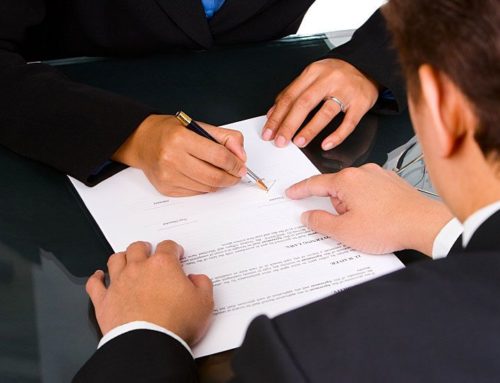Step 1: Filing at the right time
Before starting the filing process your product should be fully developed on paper, has passed preliminary design review and ready for development and production. You have kept everything about the product trade secret until now.
Changes to the product after filing the patent can result in additional costs, ie. additional patent application costs, which can affect your initial business plan. The additional costs generally occur at a stage when all funds are directed towards production and marketing.
Step 2: Understanding your invention
The invention is not the same as the product. A product may have no inventions, one invention or more than one invention. You should come prepared, preform your own Patentability analysis and present to your patent attorney what you believe is your “patentable” invention.
In some cases your patent attorney may not need to receive disclosure about all aspects of your product only the aspects which relate to the inventions. In most cases full disclosure is best, since the patent attorney should usually have the full picture in order to help you fully understand your invention and choose the best filing path.
How to find the patentable inventions in your product?
For that we need to study some patent law.
For simplicity let’s use a simple definition of invention, a device or process that is “new” and has “a technical contribution”.
What is “new”?
For that you need to compare a “candidate invention” with existing products and any published references (not just patent references) taken individually. Review the feature, ask yourself “Is this new?” by comparing features of the “candidate invention” with features in published references. If you find all the features of your “candidate invention” in a published reference then the candidate is not new.
The process may be iterative, you may find your candidate invention in the prior art but your product still may have a point of novelty over the reference you found. So you may need to “narrow down” the candidate invention with a more specific definition or scope and search again. If the scope of invention is too narrow, because similar products/processes already exist, then perhaps you may choose to abandon the “idea” at this point. (This can help you save allot and you get to use your budget on more valuable inventions.)
If you found points of novelty, then you need to move on to the next hurdle and decide whether you have a technical contribution.
What is a technical contribution?
A technical contribution may be: new and unexpected results (at this point you don’t need the results just a realistic expectation of getting such results) a new solution to a technical problem and/or fulfilling an unmet need.
Often the technical contribution relates to the distinction that the product has in the marketplace if that distinction is technical.
You may consider hiring a search company that performs such patentability searches professionally. Such a patentability search may cost a few hundred dollars per invention which is a small investment if the professional search uncovers the closet prior art reference.
When meeting with your patent attorney, present a short description of your invention which you believe to have a point of novelty over every prior art reference. Explain where the technical contribution arises from the point of novelty in your invention.
In case you missed something in your product, it may be still be wise to review with your patent attorney the whole process of analyzing patentability of your product.
Often the patent attorney may uncover inventions that you missed. He may not agree with your patentability analysis and your patent attorney may perform with you another iteration of the process before deciding on exactly what the filing scope of the invention will be.
Patentability analysis before even beginning drafting can reduce costs tremendously for the following reasons:
- You don’t pay for drafting material that is not patentable, and also your product information that doesn’t need to be published is hidden from your competition.
- The number of revisions during the drafting process is usually reduced.
- When a proper patentability analysis is performed early, the claims (which define the scope of invention) at the end of the patent application are likely to be found patentable by the patent examiner much earlier in the patent prosecution process.
- Worse scenarios may happen (after spending thousands of dollars on drafting, filing and prosecution) from not fully understanding your invention before filing:- an abandoned patent application, or- a patent that cannot be enforced.
About Farber Patents:
The company is managed by Dr Hanan Farber, a patent attorney registered to practice patent law before the Israel Patent Authority and as a patent agent before the United States Patent and Trademark Office. Dr. Farber has an A.B degree in physics from Princeton University and a PhD degree in physics from Brandeis University with expertise in condensed matter physics.
For more information, regarding intellectual property protection,
Visit us at: www.farberpatents.org




Leave A Comment